AN EXHIBITION BY LUKE O’HALLORAN AND RUSSELL PERKINS
GUEST CURATOR SAM ROECK
GUEST CURATOR SAM ROECK

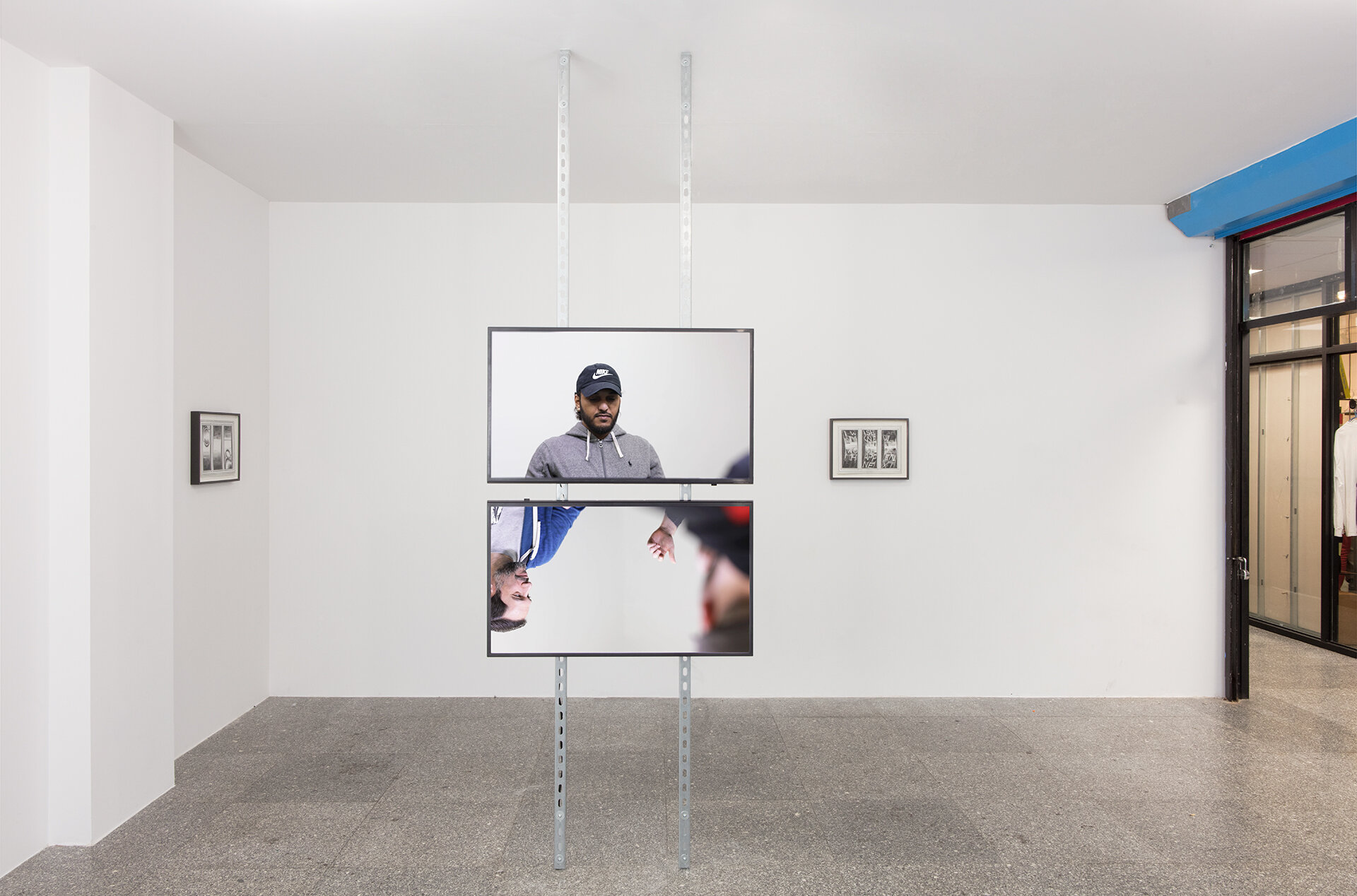
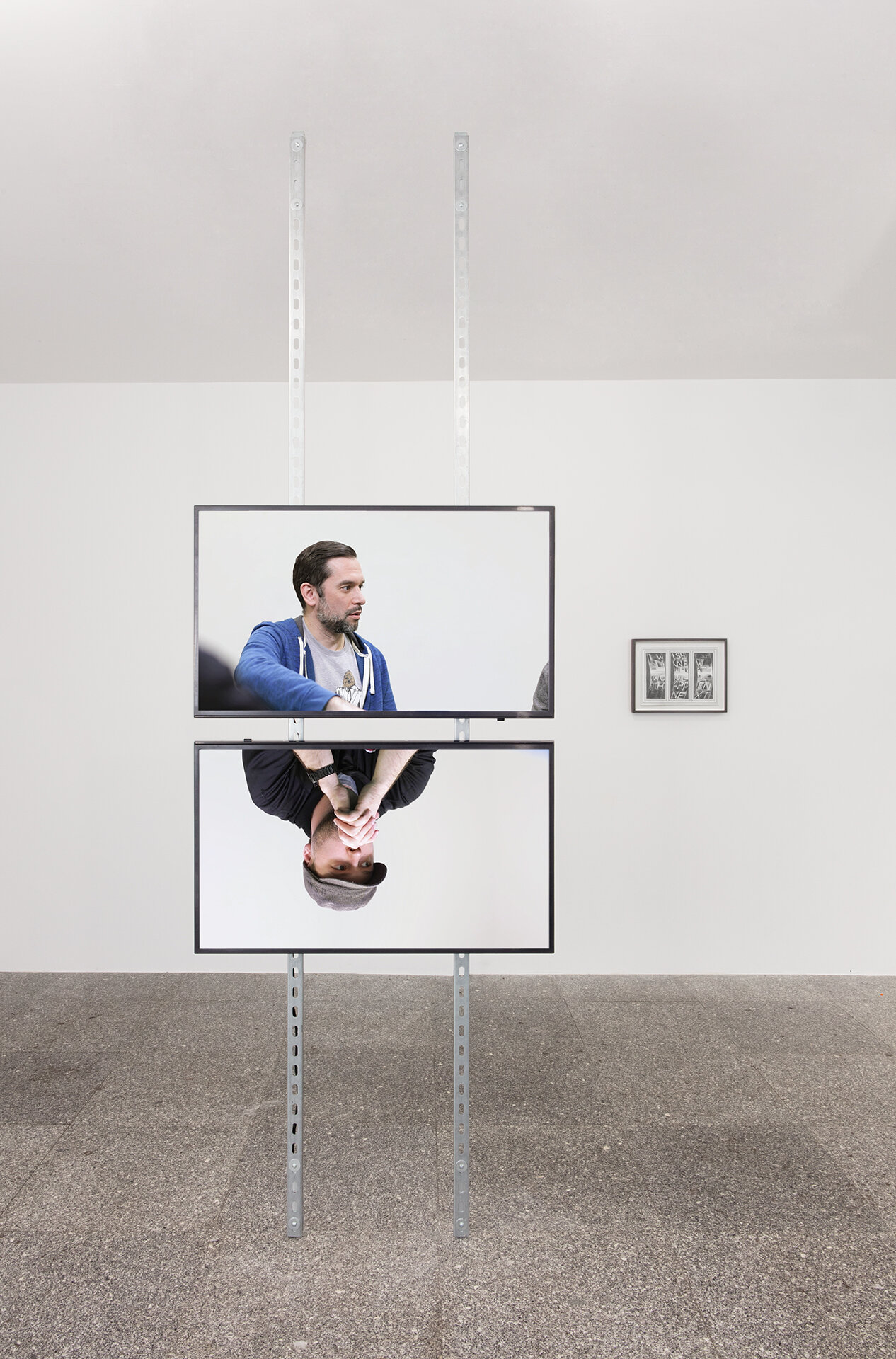
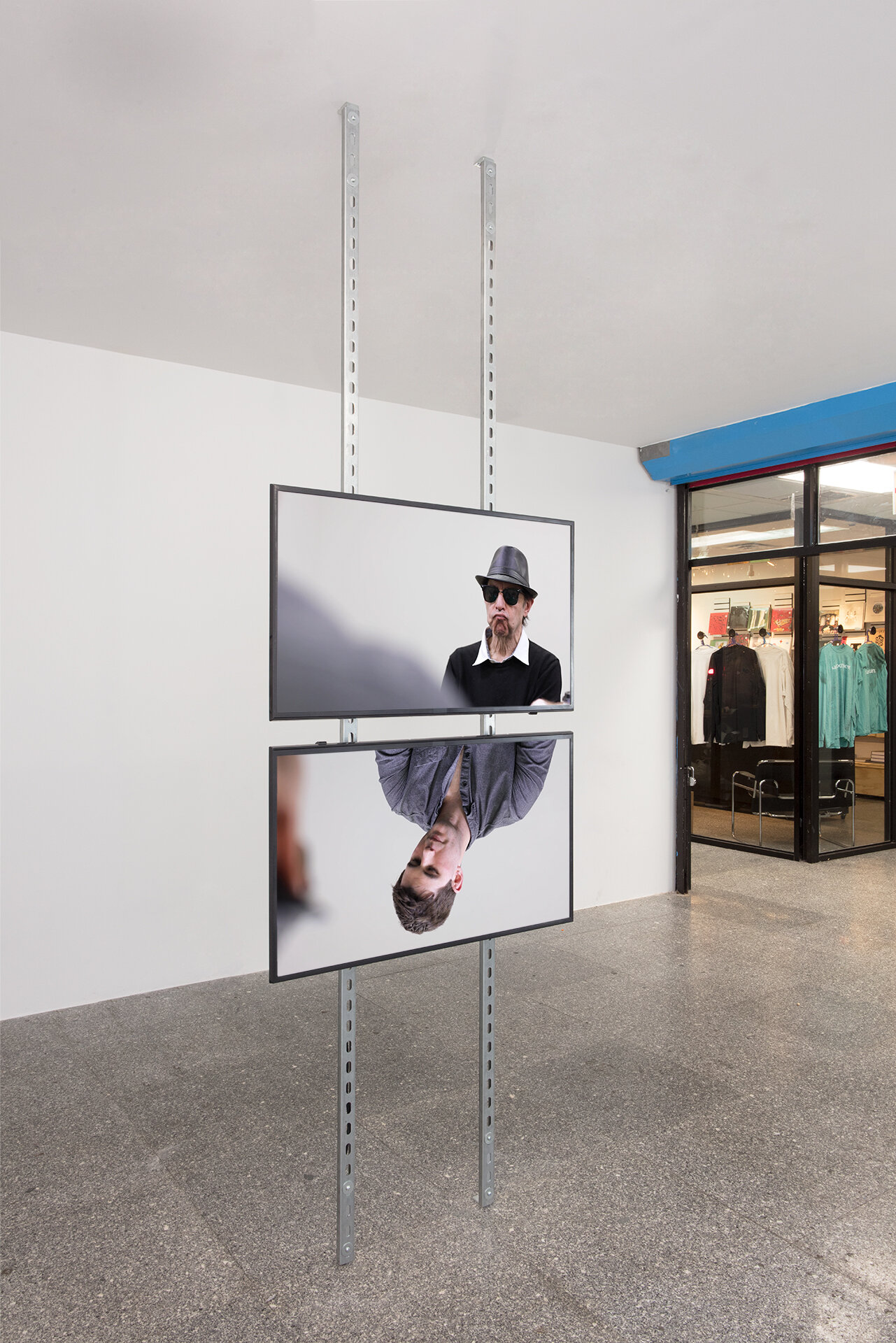

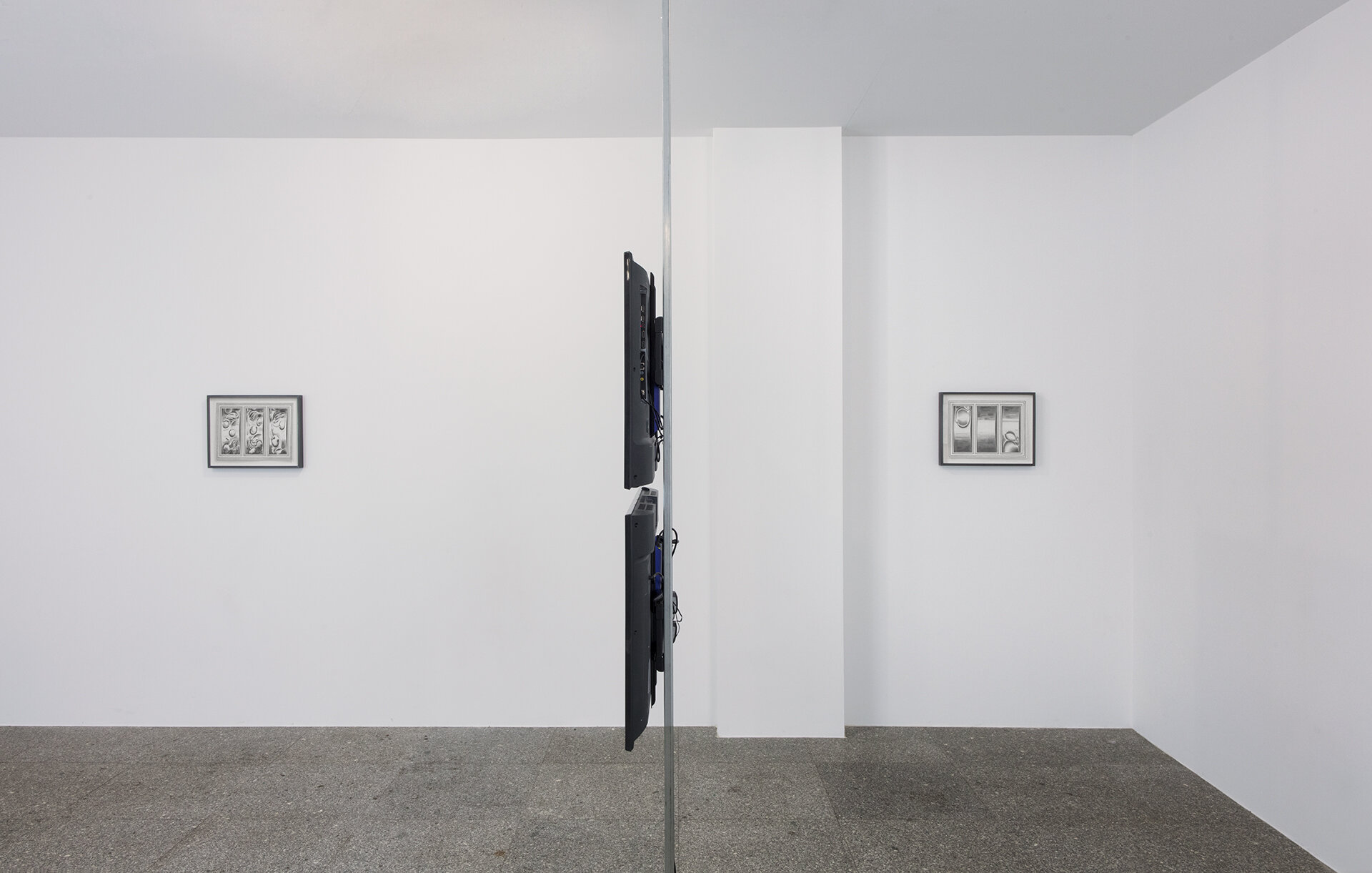

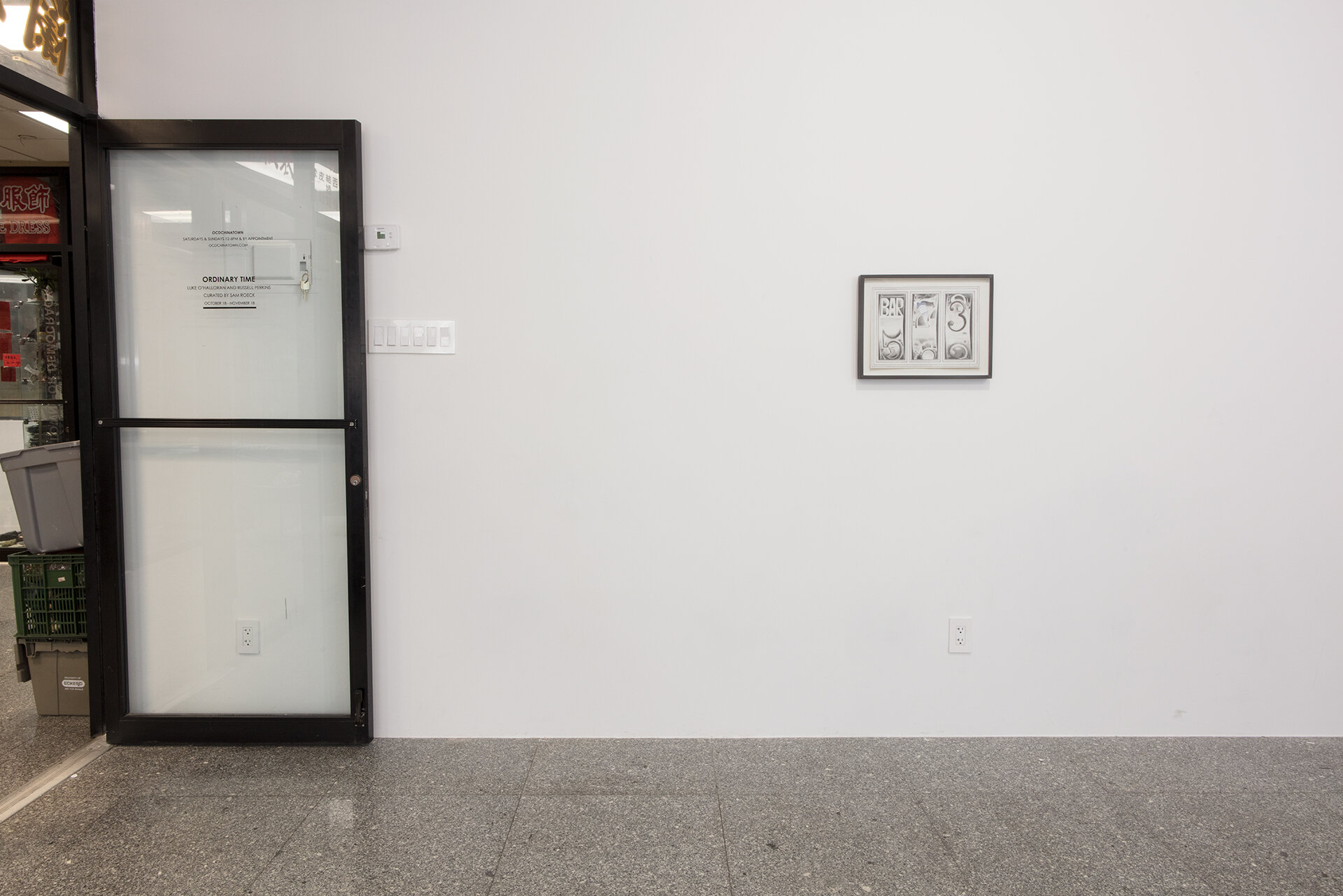
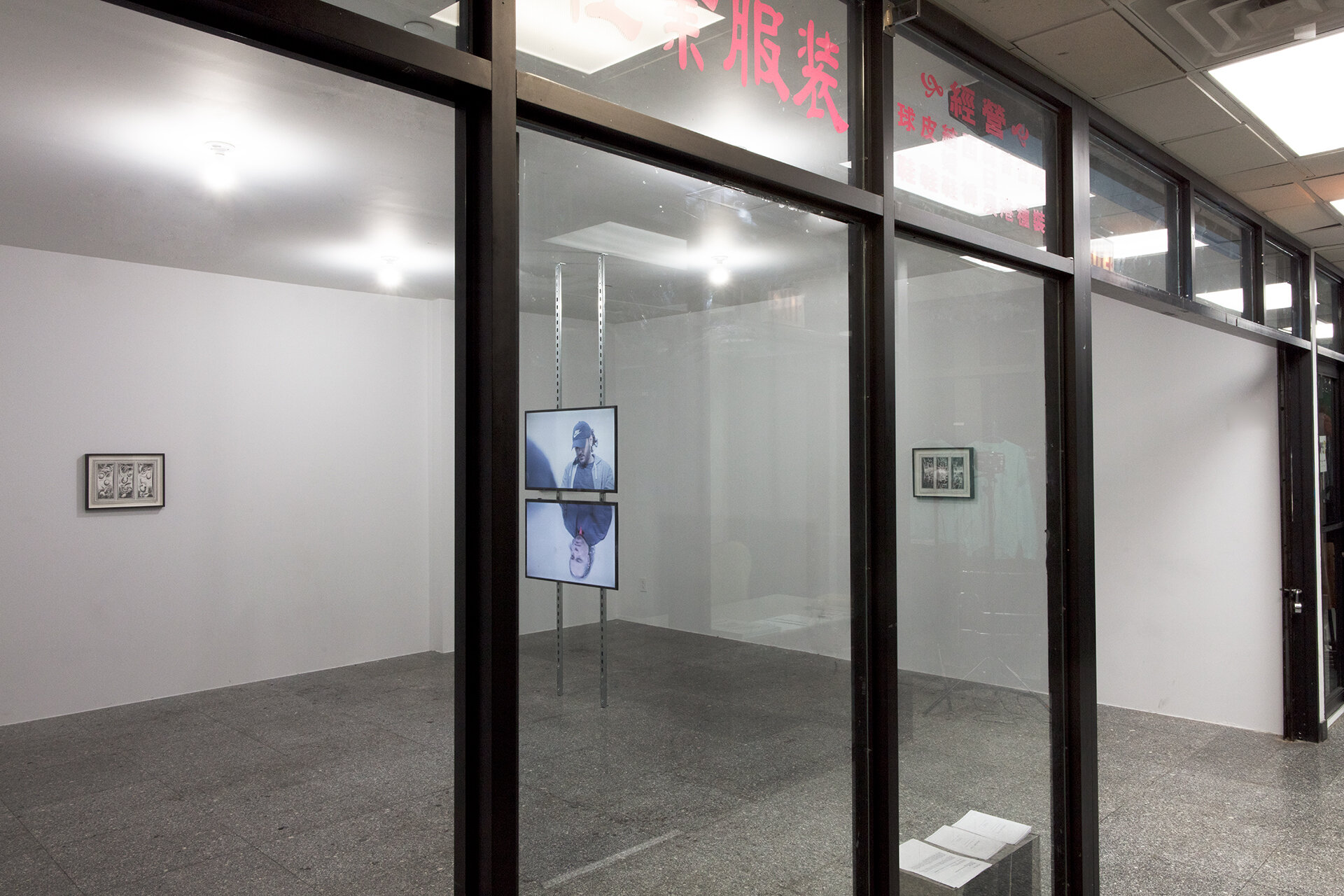
ORDINARY TIME
AN EXHIBITION BY LUKE O’HALLORAN AND RUSSELL PERKINS
CURATED BY SAM ROECK
Opening Reception December 12 6-8 PM
OCTOBER 18 - NOVEMBER 18, 2019
Open on Saturdays and Sundays Between 12 and 6 PM
Curatorial statement by Sam Roeck
ORDINARY TIME:
“Silent, alone, without our escort now
we went on, one in front and one behind”1
When Dave Matthews was 34 years old he penned the song that allowed ever so many young homosexuals to gaze, for the first time, naked and in awe, at the beautiful terror of the world. And so now, at 34 myself, it is difficult for me to write (or even think) the phrase “the space between” without it being followed by “the wicked lies we tell...”
But how else can we speak of Ordinary Time?
At an unknowable point in The Histories, a gathering of nuns and bishops formed a circle around a large piece of paper on which had been written the words “Triduum,” “Eastertide,” “Advent,” and such in an attempt to sort out the Liturgical calendar. Once all the big events had been put down, they stood back. There was still quite a bit of empty space left. No one wanted to admit it, but eventually a brave novice stepped forward and asked, “But what about the space between? What do we call that time?” And after a pause, a brave nun stepped forward and said, “We should call it ‘Ordinary Time.’”
And here began the idea of time away from the extraordinary. Time in which a young queer might not be grateful for what is past, or expectant of what is to come, but instead firmly rooted in the glory of the present. The hour they are in at that hour. The moment, whatever a moment actually is.
But there’s the problem: What, actually, is a moment? We can all, of course, agree that the past is a memory, a history, and if the twenty-first century has taught us anything it is that history and memory are corrupt institutions and really not to be trusted. The only real solace in our memories of what we call the past is that, on some rare occasions, a friend will corroborate our recollections.
And the future. The future is the same. It occupies the same space in our minds. Imaginations and expectations of what is to come. And is that so different from memory? But unlike the past, in the future, we are alone. There is no one there now who can say, “Yes, that will happen.”
“Nature, for certain, when she discontinued fashioning creatures of this kind, did well”
A pitch spin: Luke O’Halloran. Here are drawings, the product of a magical camera. They freeze the moment of falling. The moment when everything is up in the air and I am not quite sure
1 all italicized quotations - Dante’s Inferno, translated by Peter Throton, 2017
where it will come down. The drawings’ calligraphic mark-making, gentle nod toward illusion, and knurled borders form work that is, in the very way it is drawn, lifted away from time.
Sometime between the cave at Maltravieso and now, someone, somewhere, whispered in our ear (or, god forbid, stood in front of a classroom and told us) that we could look to art for answers. But it is not that simple and I think there is some bravery here, in these drawings that give both “I don’t know” and “here is a space of beauty for you to figure it out.”
Here, there is something anti-human—to stop at the midpoint, and wait.
The moment before I kiss someone for the first time. The moment that something unforgivable has just escaped my mouth. The summit of breathing in, my tongue resting on the back of my teeth. The down-click of the “send” button before it is released. The way the letter “y” floats inertly out from the end of “I’m sorry.”
Of course we want for all the cherries to come down together. For this spin to be the win that changes everything. And thank you Luke, for giving us this brief moment of hope. “I wish I knew what would happen next.”
“The moon already is beneath our feet;
not much remains of the time granted us,”
Transform boundary: Russel Perkins. Two videos, one is inverted. A standoff. A duel. In the between-space of the two monitors, sexual energy. These men are playing poker but we have only Russel to rely on for that information; we never see their cards.
The cameras stalk each other, animalistic in their mirror worlds. It is a game of waiting. The player’s faces, acting blankness, are screens for our own projections. Masking the past and the future, they remain vigilant in the present.
The past and the future are the same insofar as both can be ignored. Only the present holds naked truth. But the glory of the present is that it never actually occurs. There is only the past, butting up against the future, or past and future sliding against each other in different directions. The present is not a location, it is the passing from one into the other. Always moving from one to the other. There is no place to stop.
“NOTHING WAS MADE BEFORE ME BUT THE THINGS THAT LAST FOREVER, AND I LAST FOREVER”
To all ships everywhere:
I think a reason I am so mired these past days by expectation and memory is because of you. Because I am anticipating you. We are in different points in time, you and I. I am here in the past, writing this about the future, about things that have not yet come to pass. And you are there in a future... or maybe for you, it’s the present? But at that time you will be in the same room as these artworks and you will see them, together. Or you will have seen them and left, tossing this paper into your tote bag. I see them only in my mind. In the future you, reader, have this paper in your hand and have read to this point, and now this, and I feel as though I should have something to offer you. And I’m not trying to make excuses here, I feel no need to hide anything, I just wish I knew what would happen next.
“How faint and frozen I became then, reader
do not ask, for I will not try to write
what language would be insufficient for.”
“Yes, of course, if it’s fine tomorrow,” said Mrs Ramsay. “But you’ll have to be up with the lark,” she added.2
2 To the Lighthouse, Virginia Woolf, 1927
